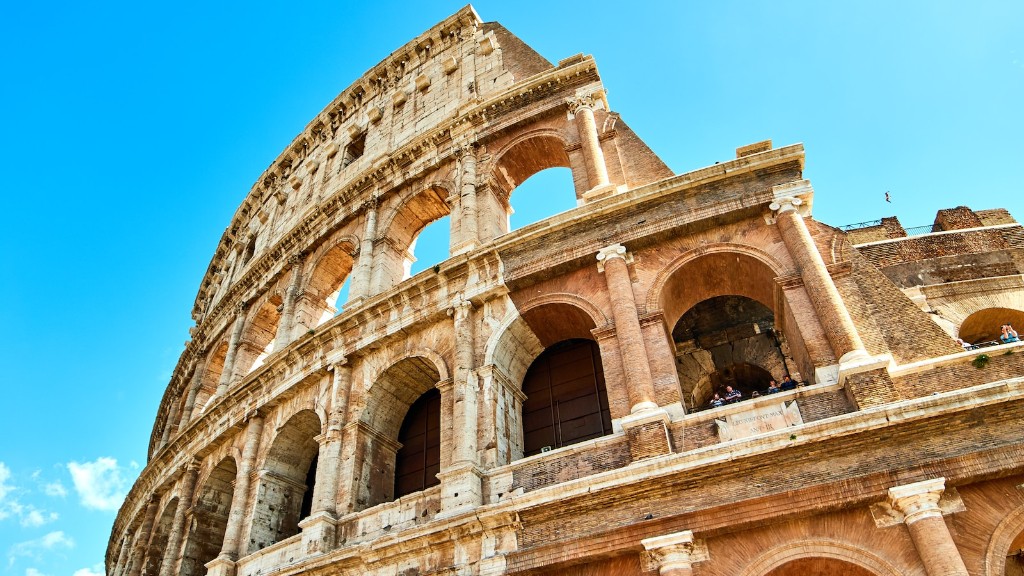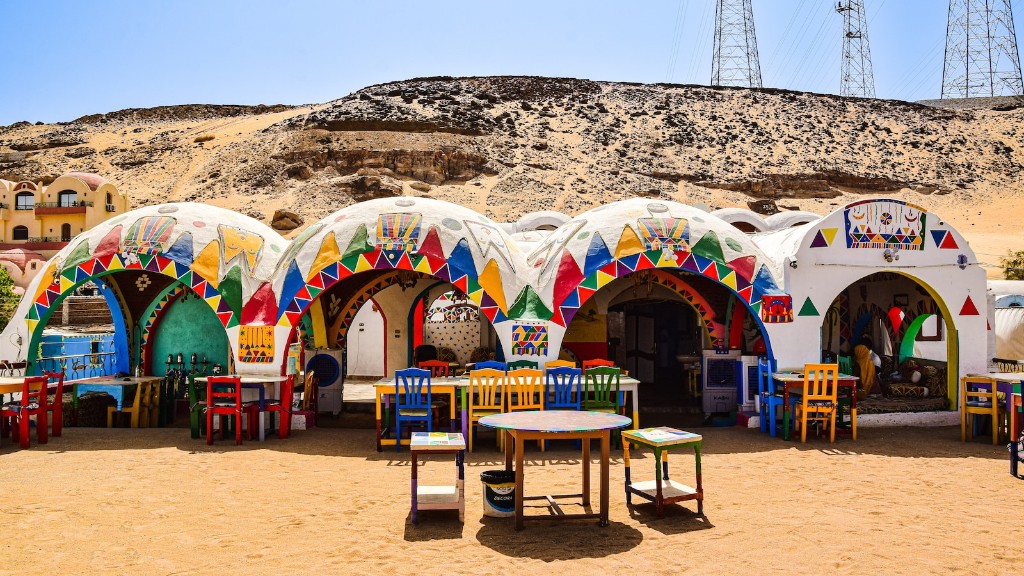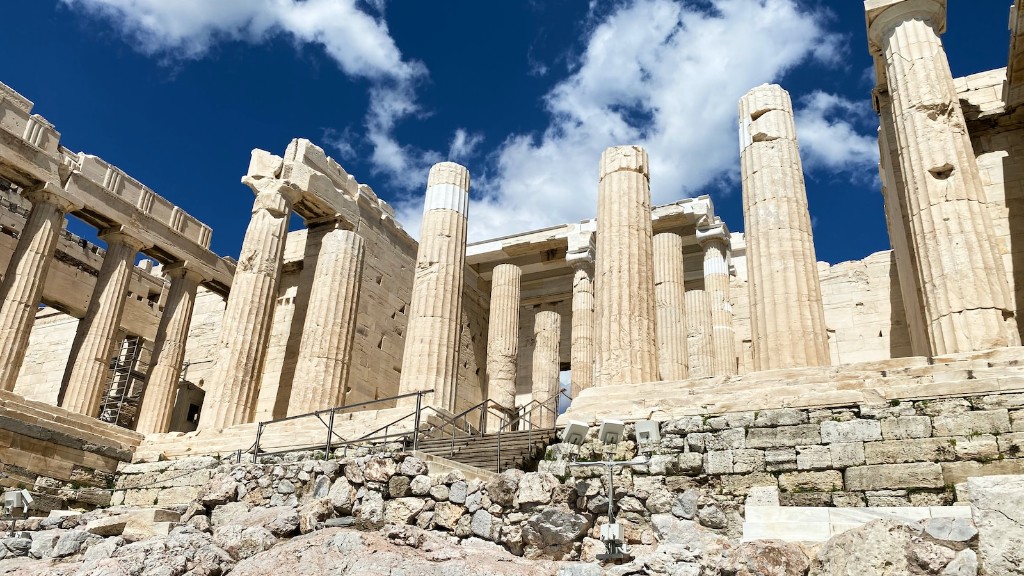The Impact of Geography on Ancient Rome
Introduction
Ancient Rome, the civilization that flourished for over a millennium, owes much of its success to its geography. Situated in the heart of the Mediterranean, Rome’s location played a crucial role in shaping the empire’s history, economy, and culture. This article aims to explore the various ways in which geography impacted ancient Rome.
Geographical Features
The Italian Peninsula
Spanning the Italian Peninsula, Rome reaped the benefits of diverse geographical features. The Apennine Mountains, running down the spine of Italy, provided natural protection and served as a barrier against invading armies, granting Rome a sense of security. Furthermore, the peninsula’s hills and valleys facilitated the construction of aqueducts and systems for supplying water to the population.
Rivers and Ports
Ancient Rome’s proximity to major waterways, such as the Tiber River, allowed for easy transportation of goods and people. The Tiber River, conveniently flowing through the city, ensured a steady supply of freshwater, essential for sustaining Rome’s growing population. Additionally, Rome’s access to the Mediterranean Sea unlocked immense economic opportunities through trade and commerce. The city’s strategic location on the Tyrrhenian Sea allowed it to become an important port and trading hub.
Economic Influence
Agriculture
The fertile soils of the Italian Peninsula provided ideal conditions for agriculture, enabling Rome to become self-sufficient and support a large population. The Romans cultivated wheat, barley, olives, and grapes extensively, with vineyards and olive groves dotting the landscape. The surplus produced by these agricultural activities allowed Rome to develop a thriving trade network, exporting its agricultural products to other regions.
Trade and Commerce
Rome’s geographical location facilitated its emergence as a major player in international trade. With access to various trading routes, including the Silk Road and the Amber Road, Rome became a crossroads for goods from Europe, Asia, and Africa. The Mediterranean Sea provided a vital route for maritime trade, connecting Rome to other important cities and allowing for the exchange of valuable goods such as spices, luxury items, and precious metals.
Natural Resources
Another significant aspect of Rome’s geography was its abundant natural resources. From the fertile volcanic soils near Mount Vesuvius, which produced excellent agricultural yields to the rich mineral deposits in Sicily, Rome had access to a wide range of resources. These resources allowed for the growth of industries such as mining, manufacturing, and construction, augmenting Rome’s economic might.
Political and Military Implications
Defensibility
The geographic features surrounding Rome both aided its defense and expansion. The natural barriers provided by the Apennine Mountains protected Rome from invasions from the north, ensuring its safety and stability. Additionally, the presence of the Mediterranean Sea acted as a protective shield, making naval invasions challenging for potential adversaries. Rome’s geographical advantage allowed it to expand its territory and establish a vast empire that extended as far as Britain and Arabia.
Control of the Mediterranean
Rome’s control over the Mediterranean Sea was crucial for the empire’s dominance. The sea, acting as a highway, facilitated the movement of troops, supplies, and communication across Rome’s vast territories. Rome’s extensive naval prowess enabled it to establish a formidable presence in the Mediterranean, secure vital trade routes, and suppress piracy. The control over this strategic waterway boosted Rome’s military capabilities, further solidifying its political power.
Cultural and Social Influence
Exchange of Ideas and Cultures
Rome’s position at the center of the Mediterranean basin made it a melting pot of cultures, as trade and travel brought together diverse peoples from different regions. This cultural intersection influenced Rome’s society, fostering the assimilation of customs, beliefs, and practices. The exchange of ideas and the blending of cultures enriched Roman art, architecture, cuisine, and language, leading to the creation of a distinct Roman identity.
Urbanization and Infrastructure
Geography also influenced the urban planning and infrastructure development of ancient Rome. The need for efficient transportation and communication resulted in the construction of an extensive road network, most famously exemplified by the Appian Way. These roads connected Rome to its far-flung provinces, enabling effective governance and facilitating trade. Aqueducts, built to transport water over long distances, ensured a stable water supply for Rome’s growing population. The efficient infrastructure of the city contributed to its economic development and social cohesion.
Conclusion
The geographical characteristics of ancient Rome played a significant role in shaping the empire’s history and development. From its strategic location on the Italian Peninsula to its access to major rivers and ports, Rome’s geography provided economic advantages, facilitated defense and expansion, and fostered cultural exchange. These factors, combined with Rome’s political and military prowess, contributed to the longevity and influence of one of history’s greatest civilizations.


